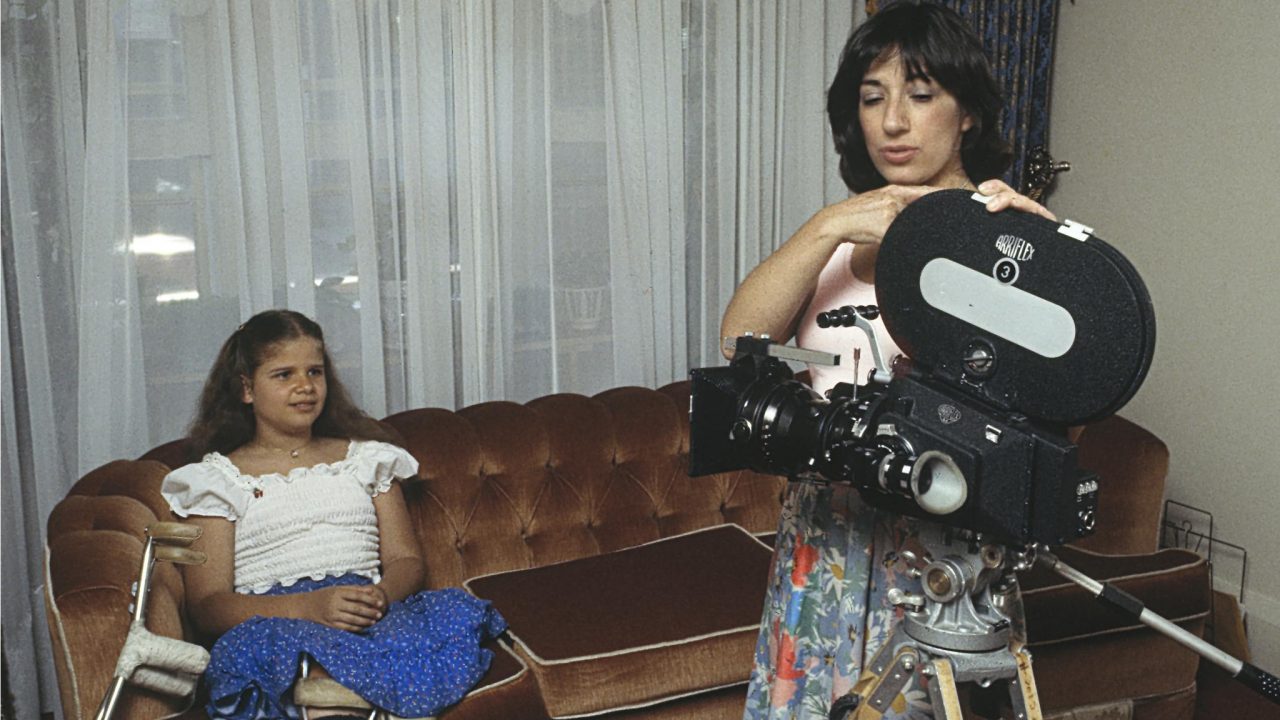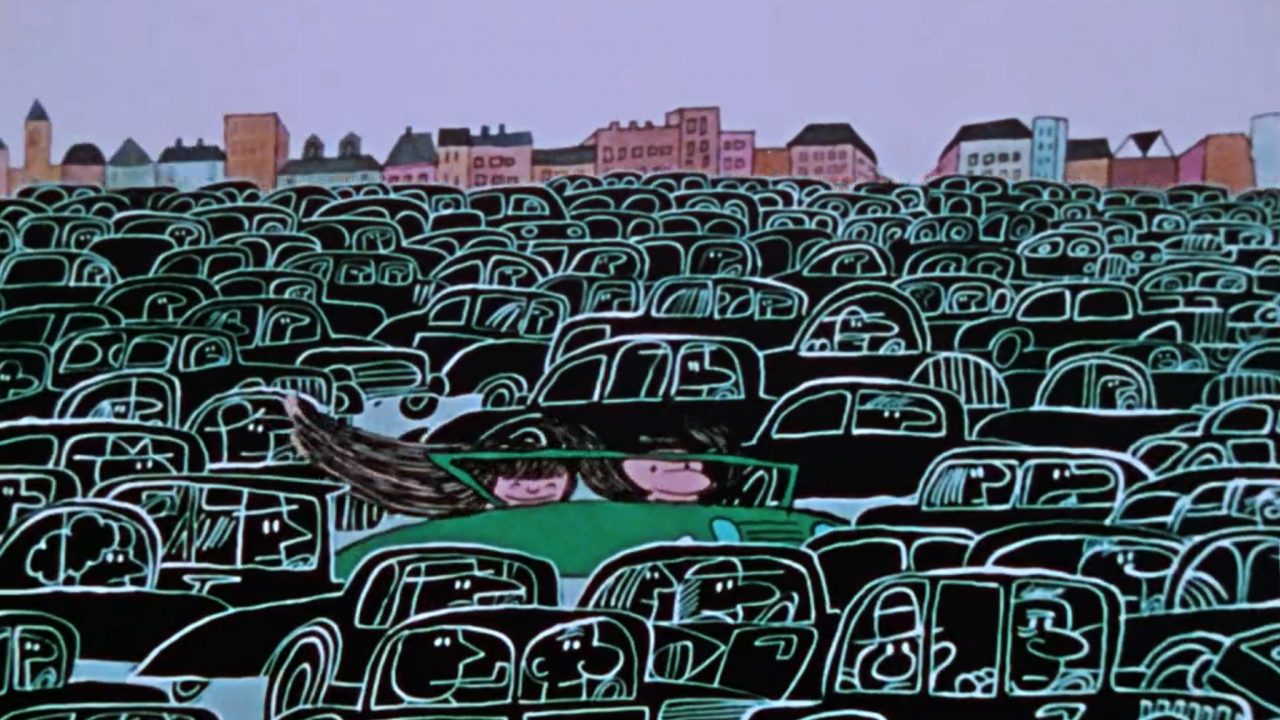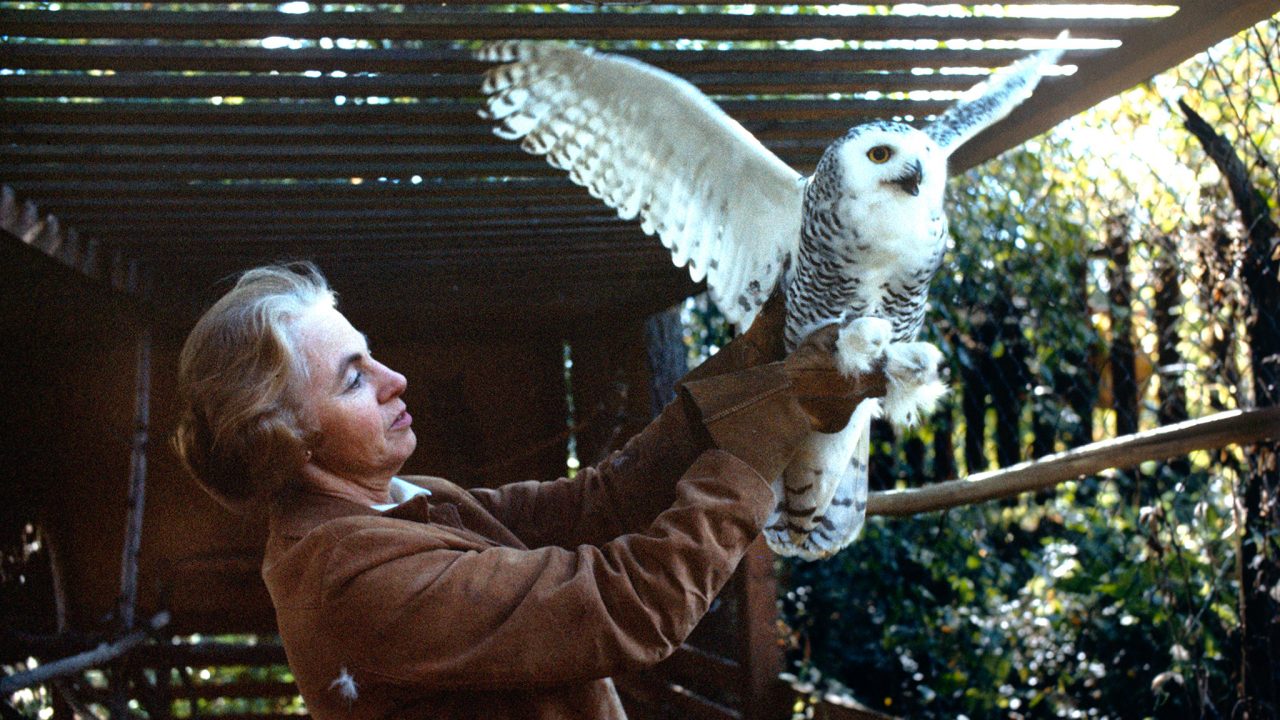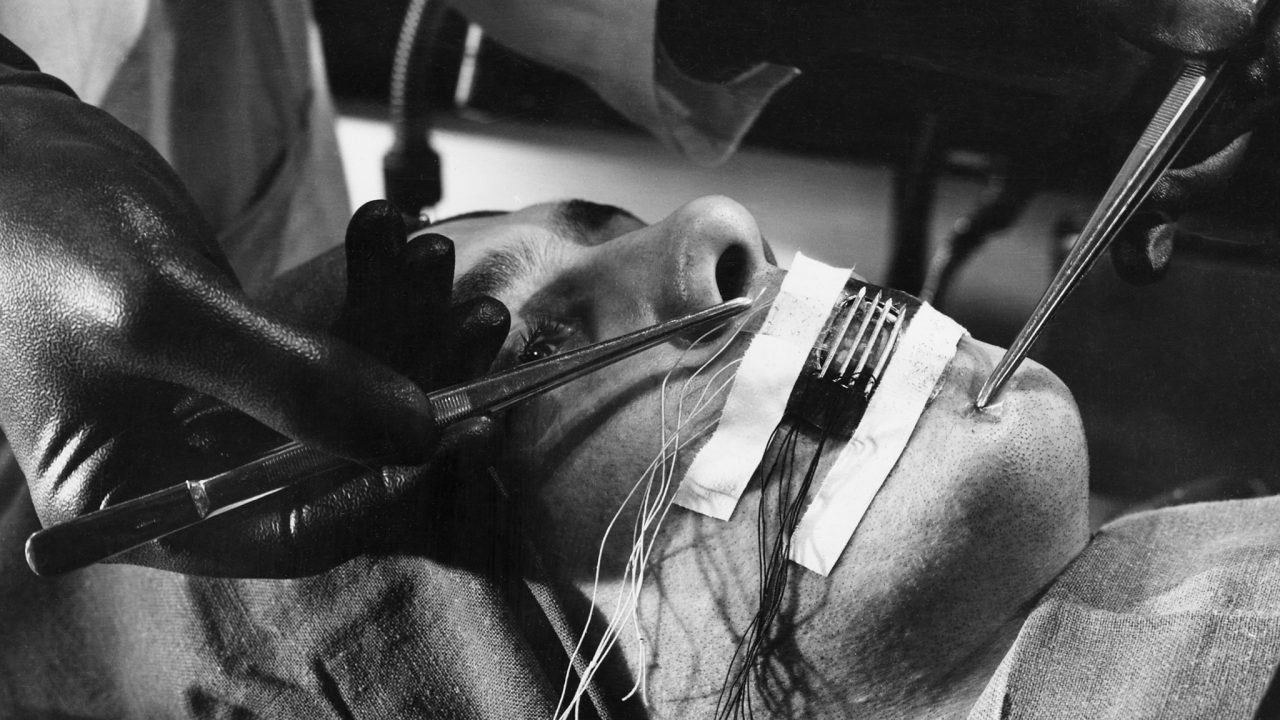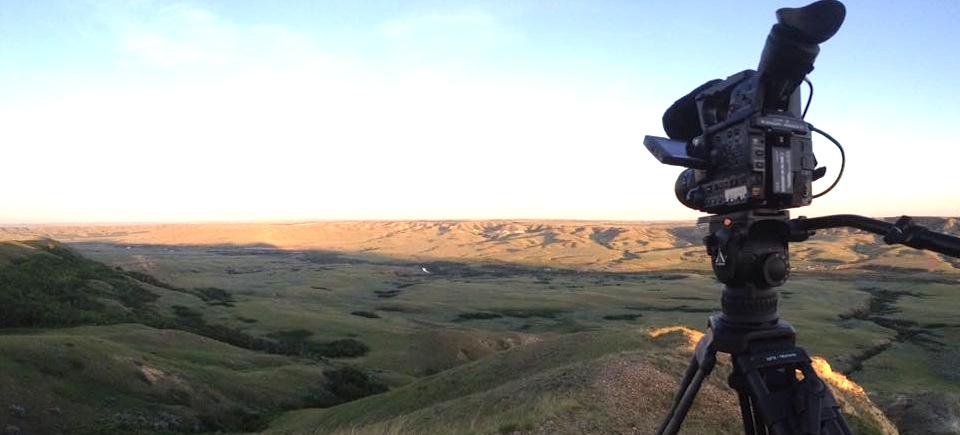
Back at the Ranch: The Grasslands Project
Back at the Ranch: The Grasslands Project
Few motorists speeding along the straight stretch between Regina and Calgary ever venture off the Trans Canada Highway to explore the grasslands to the south.
“It’s off the beaten track, unknown to most outsiders, and that’s one of the motivating factors behind The Grasslands Project,” says filmmaker Scott Parker. “We get to shed light on an unfamiliar yet remarkably rich and diverse part of Canada.”
A production of the North West Studio, The Grasslands Project is a community-inspired initiative to document contemporary life on the southern Prairies through a series of short films. Parker, director and chief researcher on the project, made a preliminary trip across the region last winter in the company of NFB producer David Christensen and production coordinator Jasmine Pullukat, establishing contacts and identifying possible stories and subjects.
Six months later their outreach efforts have borne fruit and Parker has gone into production on the first set of shorts, bringing the same collaborative spirit and attention to filmcraft that distinguished his contribution to Stories from Our Land, a documentary project made in collaboration with the Nunavut Film Development Corporation on which he worked as DOP and editor.
“Life in Canada’s rural communities rarely gets reflected in mainstream media, and people have been keen to engage with the process, to come forward with stories and issues that matter to them,” says Parker. “The notion that the NFB should reflect Canada, in all its diversity, goes right back to its inception. It was part of its founding mandate, and The Grasslands Project is taking a page from early ground-breaking initiatives in community-based media like Challenge for Change.”
Equipped with a mobile production unit that doubles as a camper van, Parker has been shooting across the southern grasslands since early July, operating out of a modest production office in Eastend, Saskatchewan.
Ranchers & conservation
One of the first films has taken him to a family-run ranch near the Saskatchewan-American border, where Miles and Sheri Anderson have entered into an unusual agreement with the neighbouring Grasslands National Park, working with park scientists to ensure sound stewardship of their shared environment.
The massive grasslands ecosystem once covered one fifth of the continent’s landmass, extending from the Canadian Prairies to Northeast Mexico. But decades of large-scale industrial agriculture have taken their toll on the Great Plains, and very little native prairie now survives.
In southern Saskatchewan, however, rugged topography discouraged the intensive farming practiced elsewhere on the continent, and as a result the area features some of the largest remaining expanses of original grassland – vital habitat for endangered species like the Sage Grouse.
“For years it was received wisdom that Sage Grouse would not thrive on land grazed by cattle, but Miles has always known this to be untrue,” says Parker. “In fact he’s demonstrated that responsible grazing actually enhances wildlife habitat, and once park managers understood that, they reached out to him, initiating a dialogue on how to manage and conserve the local ecosystem. It turns out that sage grouse can share their environment with cattle: it’s all a question of balance.”
Having now recognizing the benefits of controlled grazing, park authorities have asked the Andersons to graze part of their herd within park boundaries. At the same time scientists from Parks Canada and other environmental agencies have been granted access to the Anderson property, monitoring changing conditions on the ranch.
“Back in 1981, when Grasslands Park was established, most local ranchers were dead set against it,” says Parker. “But a more constructive relationship has developed since then. Everyone benefits from good land management, and there’s a new spirit of cooperation between ranchers and scientists.”
Parker spent a week in early July on the Anderson ranch, documenting the labour-intensive reality of ranch life. “Miles and his family have been great subjects, bringing us to the heart of the story, and they’ve been generous participants. Good land stewardship requires a very special set of skills, and it’s fascinating to observe the day-to-day work that it entails. And the fact that I’m filming against such an epic backdrop is a bonus.”
Petroglyphs & lawn-mower races
Also in production this summer is a film about the art scene that flourishes right across the region, featuring footage shot at Writing-on-Stone Provincial Park, the site of ancient Aboriginal rock art – and a lively short on Magrath Days, one of many community festivals that take place during the summer across the southern Prairies.
“These town events are big deals,” says Parker. “Everyone gets involved, and former residents will return year after year. There’s a parade, a barbeque, lawn-mower races, fireworks — and it’s all run by volunteers. It speaks to the powerful community spirit that characterizes life in these prairie towns.”
Production on The Grasslands Project continues into the fall, and among other films on the slate is a profile of women who have left their mark within the male world of ranching.
“We’re putting a lot of thought into the question of distribution, of how to show the films once they’re finished,” says Parker. “The internet will of course be key, and we’ll be posting them on nfb.ca as well as Vimeo and other social media networks, but we also hope to organize community screenings throughout the southern Prairies. The experience of coming together with other members of your community, and seeing your lives reflected onscreen, is powerful. It was a key factor in the success of Challenge for Change, and nothing can replicate that experience.”
As part of the project, Parker is also hosting media clinics and community screenings across the region. Writer and folklorist Kristin Catherwood has joined the team as social media manager. Read her posts here, on the project’s tumblr site.
Back in 1953 the pioneering NFB filmmaker Colin Low – who was born and raised in Cardston, Alberta – made this lyrical short film about ranch life. Filmed about 40 kilometres from Magrath, Corral went on to win the Best Documentary Award at the Venice Film Festival and is now recognized as a Canadian classic.
Corral, Colin Low, provided by the National Film Board of Canada
Photos by Scott Parker.


